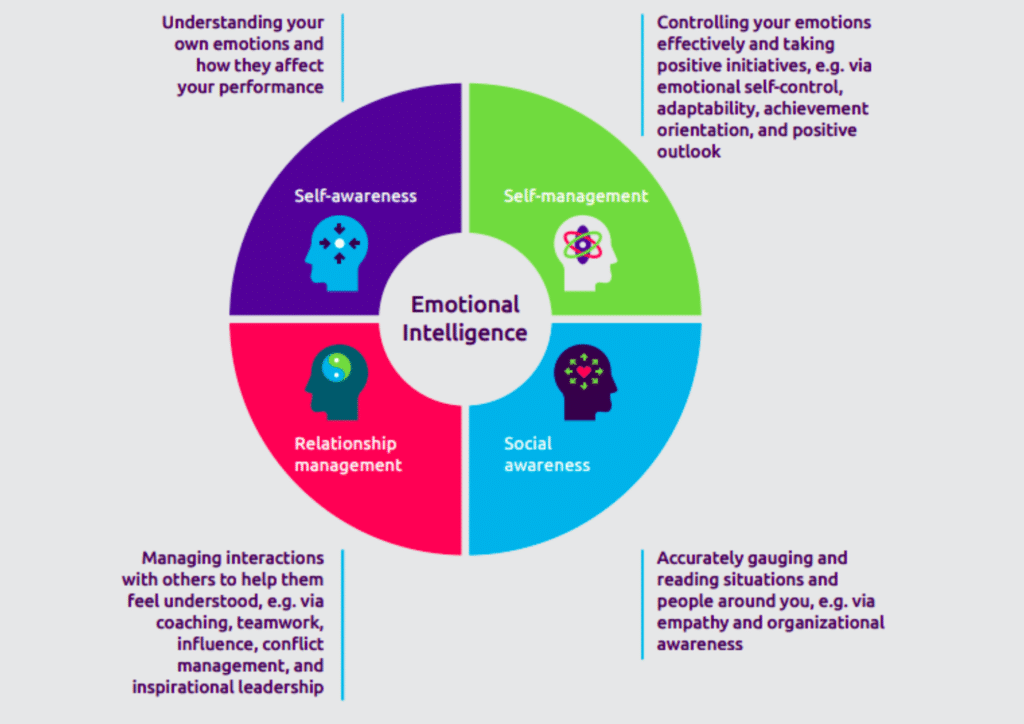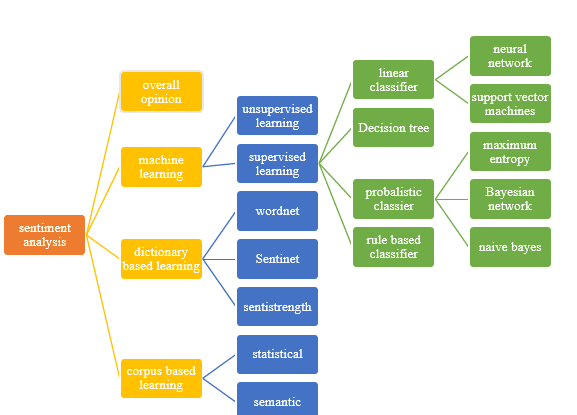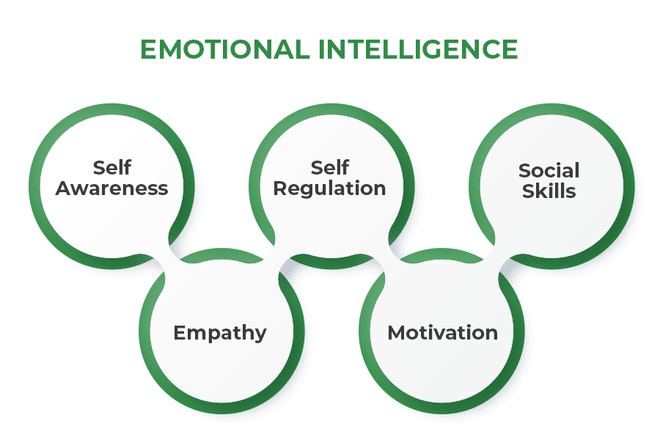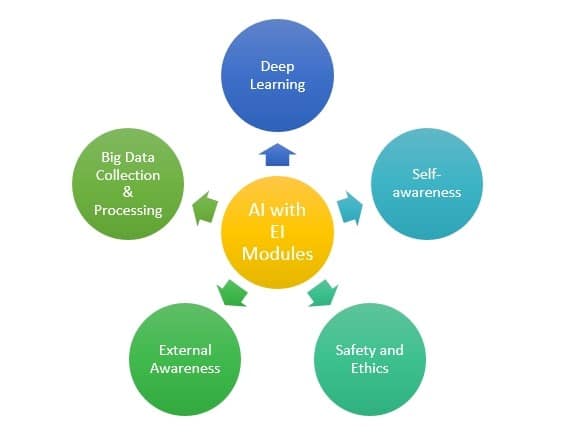Introduction to Emotional AI
Emotional Artificial Intelligence (Emotional AI), also known as affective computing, is an emerging field that aims to enable machines to interpret, process, and simulate human emotions. Unlike traditional sentiment analysis, which typically categorizes emotions into basic sentiments, Emotional AI delves deeper into the nuanced spectrum of human emotions, offering a more sophisticated and holistic understanding of emotional states.

Emotional AI stands at the forefront of bridging the gap between human emotions and artificial intelligence. By enabling machines to understand and respond to human emotions, it is setting a new standard for how we interact with technology, making it more intuitive, responsive, and ultimately, more human-like.
The Evolution from Sentiment Analysis to Emotional AI

While sentiment analysis has provided valuable insights into consumer behavior and preferences, it often falls short in capturing the complexity of human emotions. It represents a significant advancement, employing sophisticated algorithms and neural networks to detect and analyze a broader array of emotional cues and responses.
This evolution marks a shift from binary sentiment interpretation to a multidimensional emotion understanding, reflecting the complexity and depth of human emotional expression. Emotional AI’s rise signifies a move towards more empathetic and context-aware technologies, reshaping how AI understands and engages with us on a daily basis.
- Complex Emotion Recognition: Beyond positive, negative, or neutral.
- Contextual Understanding: Interpreting emotions within context.
Key Components of Emotional AI
To function effectively, these AI systems incorporate several key components, including natural language processing, facial expression detection, voice intonation analysis, and physiological signal processing, each contributing to a comprehensive emotional understanding.
To accurately interpret human emotions, Emotional AI leverages various components, each addressing different aspects of emotion recognition and processing.
Natural Language Processing (NLP)
NLP allows Emotional AI to understand and interpret human language, detecting emotional nuances in text to gauge sentiments and emotional states.
Facial Expression Analysis
This component analyzes facial cues to identify emotions, using computer vision to interpret expressions and respond appropriately.
Voice Intonation Analysis
By examining tone, pitch, and pace, this component deciphers emotions conveyed through voice, enhancing the AI’s understanding of the user’s emotional state.
Physiological Signal Processing
Sensors detecting physiological signals like heart rate or skin conductance provide additional context, enabling a deeper analysis of emotional states.

Real-world applications of Emotional Artificial Intelligence
Emotional Artificial Intelligence is finding its way into various sectors, enhancing customer service, healthcare, marketing, and entertainment. For example, it’s being used in customer service bots to respond to user emotions effectively, and in healthcare to monitor patient emotional states for better treatment outcomes.
From enhancing user experience in tech products to providing critical insights in healthcare, Emotional AI’s applications are vast and varied.
- Customer Service: Improving interaction through emotion-aware customer service bots.
- Automotive: Enhancing driver safety by monitoring emotional states.
- Education: Personalizing learning experiences based on students’ emotional responses.
Integrating Emotional Artificial Intelligence with Existing Technologies
The integration of Emotional AI with technologies like IoT, big data, and VR is opening up new frontiers. For instance, VR experiences can be enhanced with Emotional AI to adapt in real-time to users’ emotional states, creating more immersive and personalized experiences.
The integration of Emotional AI into existing technologies is creating more adaptive, user-centered systems that respond to individual emotional cues.

- Smart Homes: Adjusting environments based on occupants’ emotions.
- Wearable Tech: Providing feedback on emotional well-being.
- Entertainment: Tailoring content to viewers’ emotional responses.
Challenges and Ethical Considerations in Emotional Artificial Intelligence
While promising, Emotional AI raises significant ethical concerns, including privacy, consent, and the potential for manipulation. Ensuring transparency, accountability, and user control is paramount in the development and deployment of Emotional AI systems.
As Emotional AI advances, it raises critical ethical questions that need addressing to ensure its responsible development and deployment.
- Privacy: Ensuring user data, especially emotional data, is protected.
- Consent: Users must have control over when and how their emotional data is used.
- Transparency: Users should understand how emotional data influences AI behavior.
- Privacy and Consent: Safeguarding personal emotional data.
- Bias and Fairness: Addressing potential biases in emotion recognition.
Case Studies: Emotional Artificial Intelligence in Action
Emotional AI’s impact is already being felt across various industries, demonstrating its potential to revolutionize traditional practices.
Case Study 1: Emotional Artificial Intelligence in Retail
Explore how a major retail brand uses Emotional AI to tailor customer experiences, resulting in increased satisfaction and loyalty. Beyond enhancing customer experiences, Emotional AI in retail is paving the way for more personalized marketing strategies and improved customer engagement, leading to increased loyalty and sales.
Case Study 2: Emotional Artificial Intelligence in Mental Health
Discover how Emotional AI is revolutionizing mental health support, offering new ways to diagnose and treat emotional disorders.
In mental health, Emotional AI is not just a tool for diagnosis; it’s becoming an integral part of ongoing care, offering new ways to monitor, understand, and interact with patients, potentially transforming mental health treatment.
The Future of Emotional AI
The future of Emotional AI is promising, with advancements likely to result in more intuitive, empathetic, and interactive AI systems. However, the pace of technological growth must be matched with robust ethical frameworks and user-centric approaches.
As Emotional AI continues to evolve, its future promises even greater integration into our daily lives, offering new possibilities for interaction and understanding between humans and machines.
- Enhanced Empathy: Machines will offer more nuanced emotional responses.
- Wider Adoption: Emotional AI will become commonplace across more sectors.
- Deeper Integration: More seamless blending with IoT, wearables, and more.
Conclusion
Emotional Artificial Intelligence represents a groundbreaking shift in how we interact with machines, offering profound possibilities for enhancing human-AI interaction. As we advance, balancing innovation with ethical responsibility will be crucial.
Emotional AI represents a significant leap forward in the AI journey, offering a glimpse into a future where technology not only understands but also empathizes with us, creating a more connected and emotionally intelligent world.




Reviewed by 2 users
I like this post, enjoyed this one regards for posting. “Pain is inevitable. Suffering is optional.” by M. Kathleen Casey.
Emotional Artificial Intelligence goes beyond sentiment analysis, aiming to understand deeper human emotions. Similarly, leading https://legitxquad.com/top-software-development-companies-in-united-states/ are pushing boundaries by integrating AI into solutions, creating systems that better interpret and respond to user needs. This innovation enhances user experiences and drives cutting-edge technological advancements.
This blog is definitely rather handy since I’m at the moment creating an internet floral website – although I am only starting out therefore it’s really fairly small, nothing like this site. Can link to a few of the posts here as they are quite. Thanks much. Zoey Olsen
I really liked the way you structured this topic!
Real-world applications and Case studies of Emotional Artificial Intelligence particularly caught my attention. For anyone looking for more info about this topic and Sentiment Analysis, complementary content can be found on my blog https://aitificial.blog/ai-terms/sentiment-analysis/
Hope it helps!